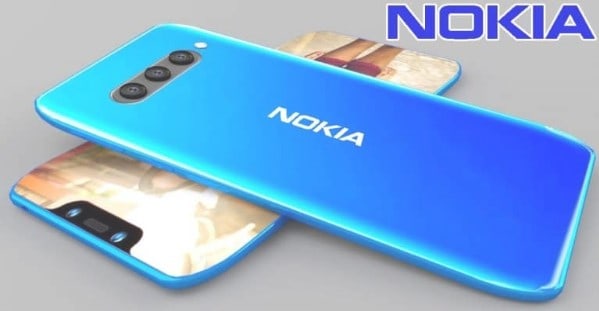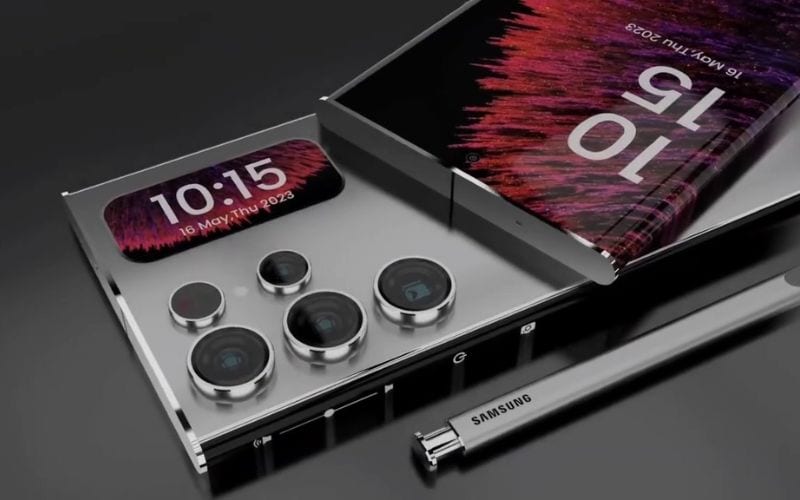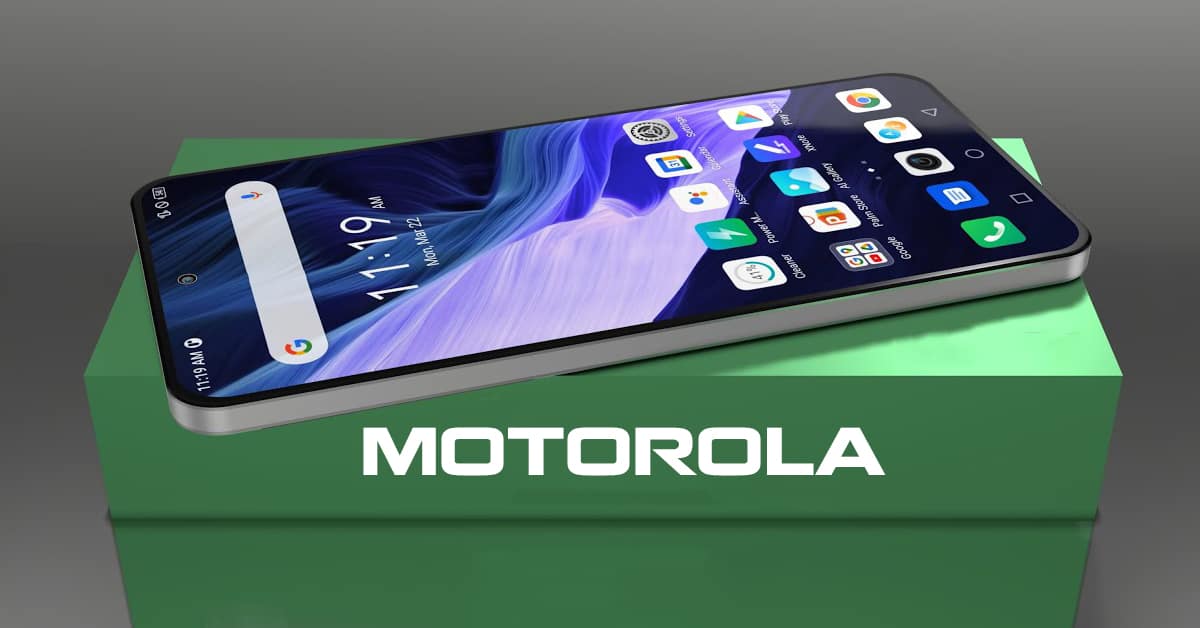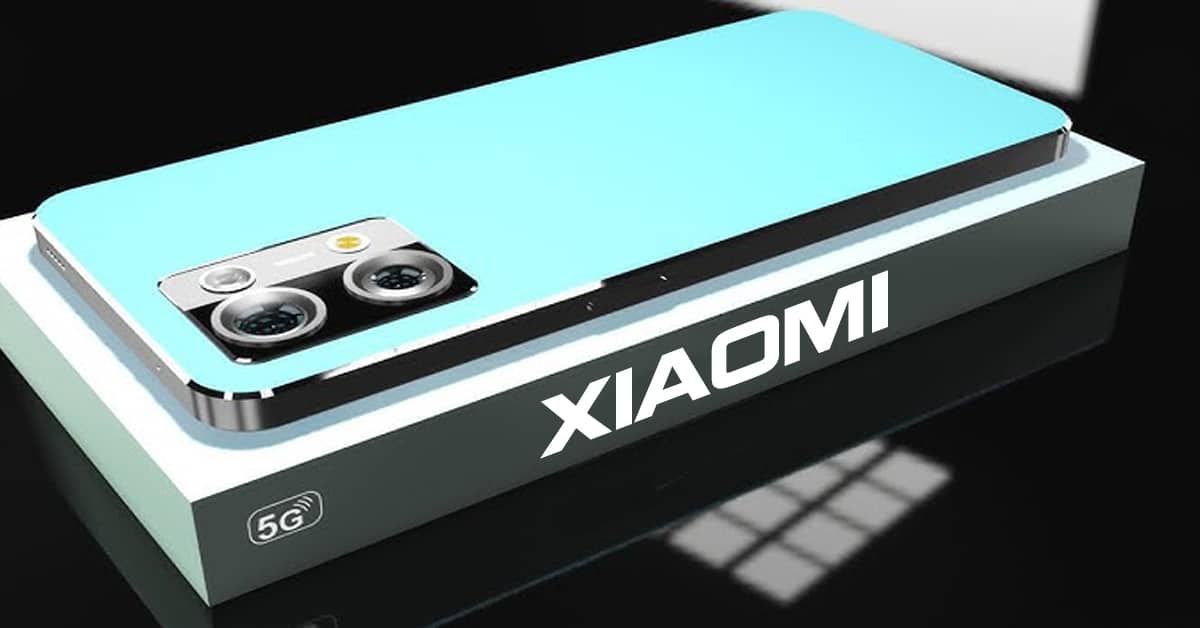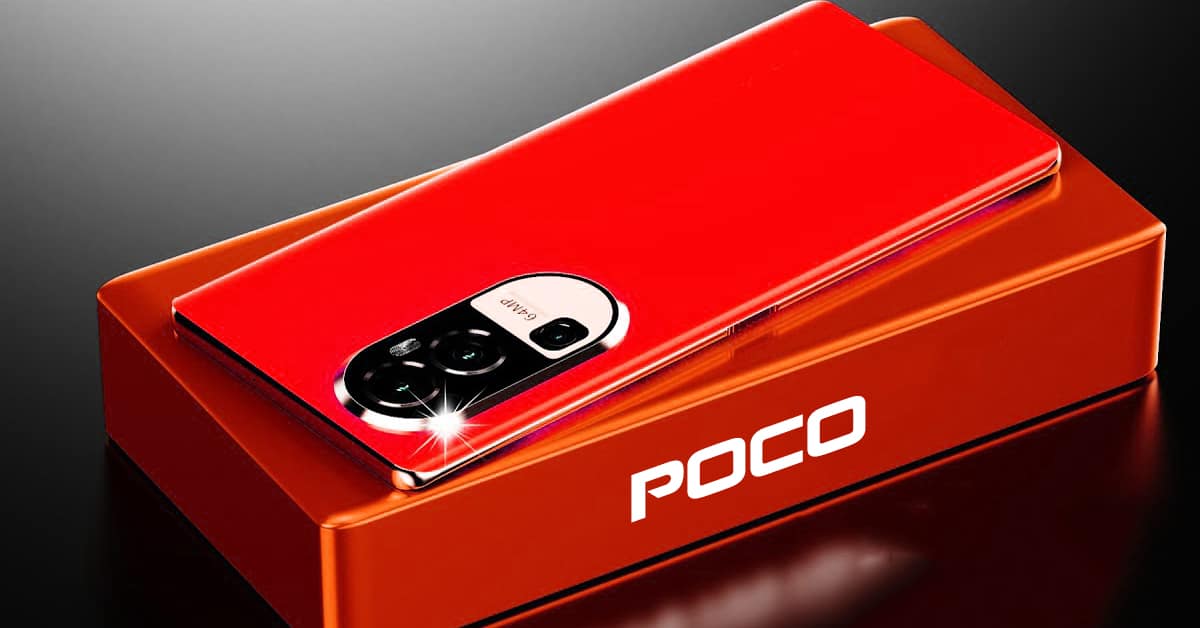Tech explained: 2.5D Screen Glass and how it protects your phones
The 2.5D screen glass doesn’t refer to the 2.5 dimensional space but rather refers to the screen design. Here is all you need to know about this term.
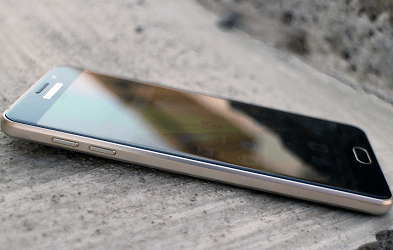
2.5D Screen Glass – an unofficial name for curved screen design
The name doesn’t imply that a 2.5D screen glass will have a 2.5 dimensional phone display. On the other hand, the 2.5D screen glass is just an unofficial call-name for mobile screen design of screens that have slightly curved edges. The new design might not be easily noticed from afar. However, the moment you hold a phone with 2.5D display in your hand, you will be able to see and feel the difference.
The display screen on the phone won’t be curved or bent in the general sense, but the screen will have a slight curvature at the edge – also called a contoured edge. In short, the screen will be strictly flat (2D) but it won’t have straight (90 degree) glass edges. The design will give the smartphones a more elegantly smooth look while giving them a softer and sleeker feel. Some smartphones that have already applied the 2.5 screen displays – among many-are Xiaomi Mi Note and iPhone 6.
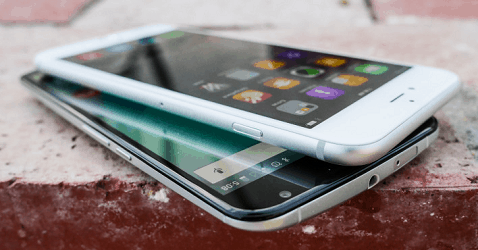
Overall, the 2.5 screen displays aren’t any weaker or harder than traditional flat displays. They are just practically different at the very edges, and do not have their display noticeably bent like in Samsung’s Galaxy Note Edge to give a 3D effect. The 2.5 screens can still be strengthened using hardening techniques (like those that use Corning Gorilla Glass). The only slight difficulty for some users would be to find additional screen protectors that would perfectly fit the 2.5 glass contours.
The 2.5D screens are as hard as traditional 2D screens but are much smoother.
The 2.5D screen glass just simply implies screens with contoured edges. They are becoming more widely used by smartphone manufacturers due to their aesthetic benefits and physical smooth user experiences.

